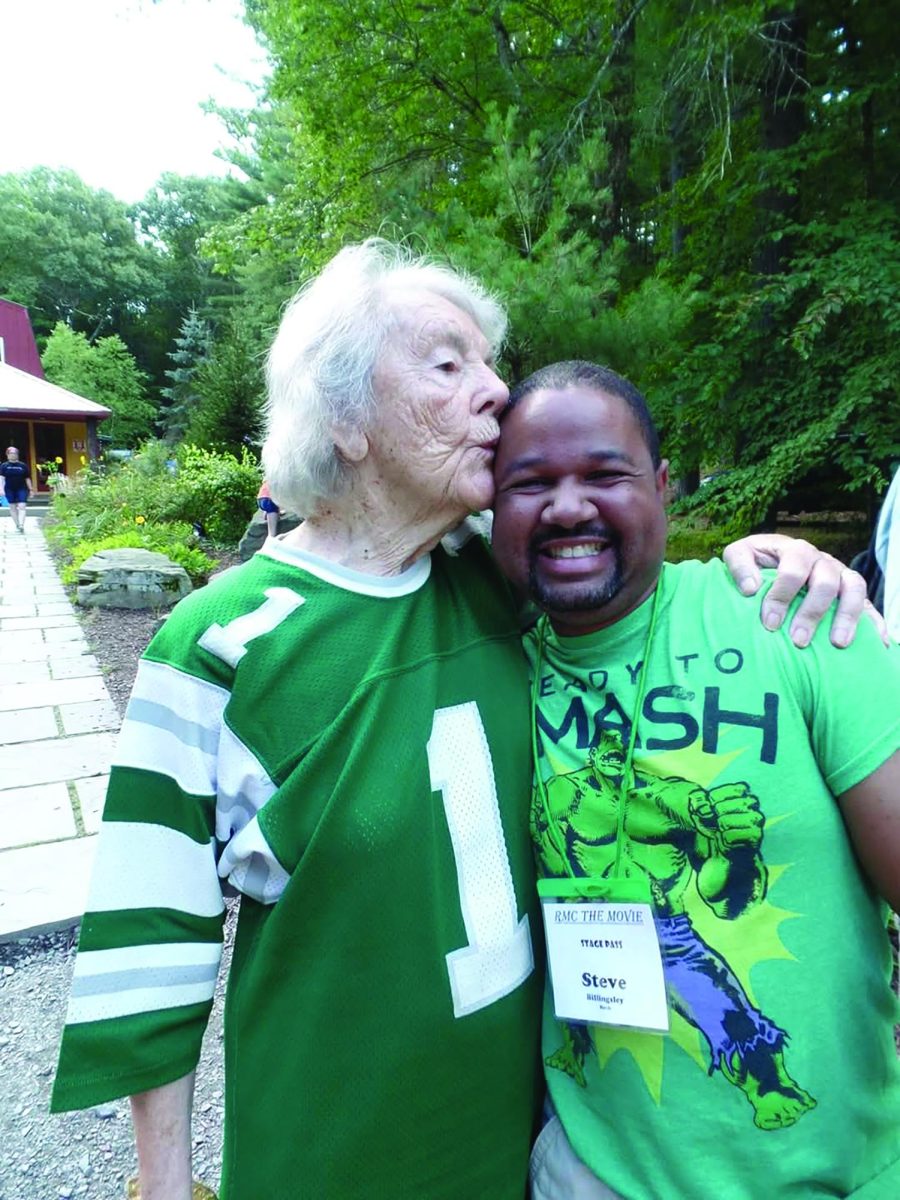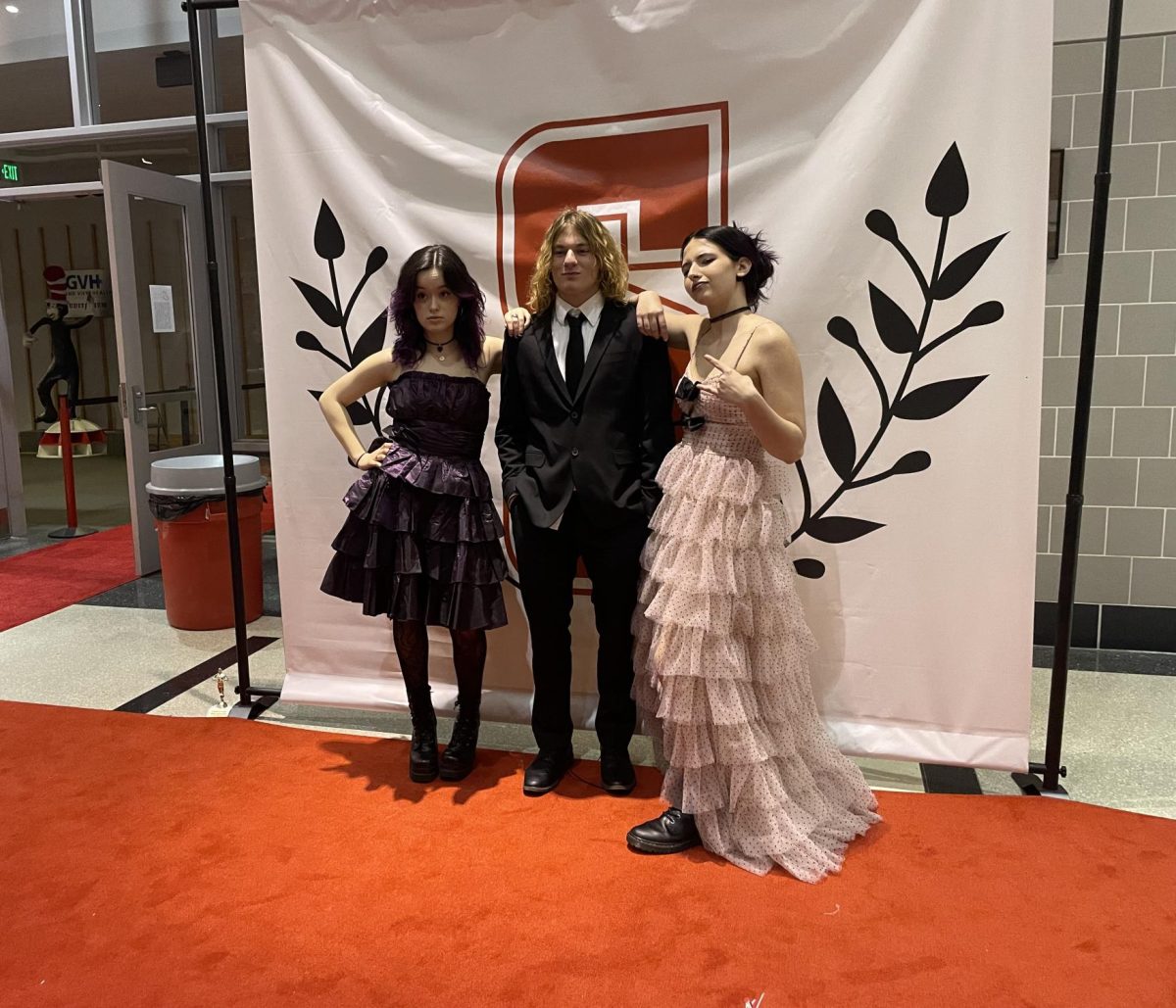With the COVID-19 pandemic forcing people inside, teens and young adults are passing the time by using TikTok as a means of expressing their thoughts about the pandemic. Creating and engaging with relatable, entertaining content is one way in which people are connecting when they are apart.
Known for short videos no longer than 60 seconds, TikTok is an app developed by the Chinese company ByteDance. Those who do not already have it installed on their phones may know it by the name of one of its predecessor apps, musical.ly.
While YouTube, Facebook, and Instagram remain more popular in terms of user counts, TikTok’s growth, especially among young people, is remarkable as it has been able to reach 800 million monthly active users in just two years of availability, according to an internal statistics report.
Content on TikTok tends to make use of trends and hashtags to engage users.
Specifically, workout challenges have become immensely popular during the pandemic – one such challenge, the #ChloeTingChallenge, has 40.8 million views as of April 20.
The ability for seemingly anyone and anything to reach a wide audience has created a social media environment that is constantly being saturated with new content.
The popular TikTokers creating content on the app typically fall into two groups: those famous as a result of the app, and those famous or well-known outside of the app. Many of those in the latter group once achieved success on Vine, a now-defunct app owned by Twitter that TikTok is often compared to.
Its similarity to Vine is perhaps part of what makes it so popular among the high school and college-aged demographic, who often idolize the humor the app once showcased. Many videos that go viral on TikTok feature the same comedic flair as old Vine videos.
Concurrently, there is another side to TikTok. Seemingly popular in the age of quarantine and social distancing are videos featuring families. No matter the specifics of the video, be it a dancing video or comedic, those featuring instances of families bonding are achieving a special amount of attention.
Indeed, this trend has been covered by media sources like CNN and is further verified in seeing that #family has 14.7 billion views on TikTok, with #mom and #dad having similarly high numbers of views in the billions range.
Perhaps this content is so popular at this moment as a result of others not being able to be around their families in the midst of the pandemic. This trend is just one example of what type of content young people have been watching during quarantine, though.
The popularity of TikTok among Generation Z is unique in that it encapsulates such a wide variety of content interests. TikTok’s broad appeal allows for the development of subcultures among the noise of comedy or dance videos, all funneled through the app’s personalized For You page.
Despite this, TikTok also receives criticism for a variety of reasons, some of which have been more exacerbated in the wake of the COVID-19 pandemic and many of them relating to the For You page, which uses a secret algorithm to recommend content.
Like with any social media, TikTok provides a method by which people can show what they are doing with their lives. Subjects like politics, discrimination, and other potentially controversial (subject to ByteDance’s internal regulations) topics are not seen as ideal by this algorithm, though, and as such, do not experience much exposure on TikTok.
This is especially a problem for POC and other marginalized communities who make use of the app. Within and outside the app,
Additionally, TikTok-owner ByteDance has come under fire due to its ties to China’s ruling Communist Party, as well as for its censorship practices.
According to documents obtained by The Intercept, ByteDance at one point internally instructed TikTok moderators to suppress creators from the app’s For You page based on rules concerning “ugly facial looks” and scenery that would suggest the content creator is poor, namely, “cracked walls” and “disreputable decorations.”
Many people of color on the platform have recently called out TikTok for censoring their videos addressing racism on the app, with the aforementioned documents serving as proof that censorship of Black creators is/was an internal policy.
Simultaneously, TikTok does little to censor actual racism on the app – scrolling through the “How’s My Form?” video trend is proof of this, with videos equating Black people to slaves or other racist stereotypes often reaching a wide audience and only being taken down or called out because of exposure on Twitter.
The same documents that suggest TikTok’s moderation policies also describe the suppression of political speech, especially regarding content in Cantonese or relating to China and Hong Kong. Regarding the coronavirus, there are claims from both TikTokers and outside media sources alike that the app played a role in censoring content coming from creators in Chinese cities affected by the virus.
Young people flock to TikTok amidst pandemic
0
More to Discover






